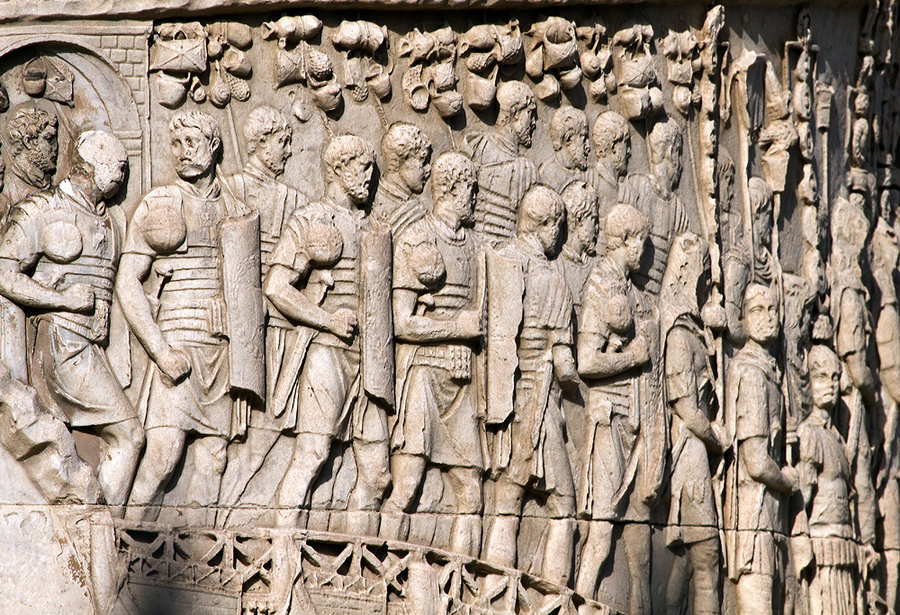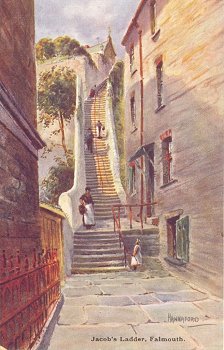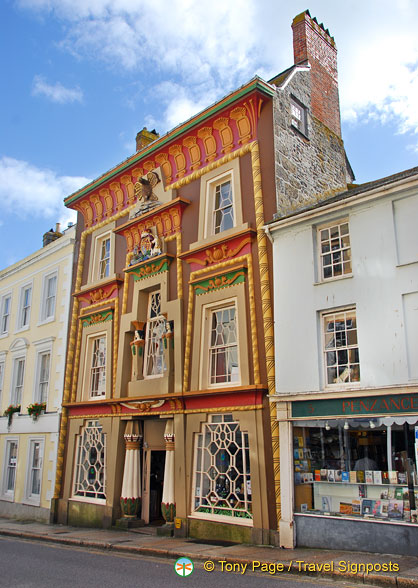* Bodmin – The Dog Memorial
In 1938 Prince and Princess Chula (an englishwoman, born Elizabeth Hunter) of Siam, now Thailand, came to Cornwall, lived at Rock for some time and then moved to Tredethy, a country house near Bodmin, which later became a hotel. They were joined there by his cousin Prince Bira. Both men served in the Home Guard during the war and Princess Chula became superintendent of the St John Ambulance Brigade. Prince Chula was a great animal lover, and had a granite memorial incorporating a drinking bowl for dogs, erected in the Priory car park. An inscription on it reads, ‘Presented by His Royal Highness Prince Chula of Siam in memory of his friend Joan, a wire-haired terrier who died in 1948 in her 17th year. Further endowed in memory of the bulldog Hercules 1954.’ Chula died in 1963 and his wife eight years later.
* Bude – The Storm Tower
An octagonal building, built partly for ornament but also as a refuge for the coastguard, in about 1835, designed by George Wightwick who described it as being ‘after the Temple of the Winds at Athens’. Sometimes known as the Pepperpot or the Winds Tower, it stands on a plinth with three granite steps up to the entrance on the east side, and the points of the compass carved as a frieze in sans-serif below the moulded cornice. It was demolished in 1881 as the condition of the cliff below had rendered it unsafe, and was re-erected further from the cliff edge.
![]()
* Falmouth – Jacob’s Ladder
A Wesleyan chapel was built in the town in 1791. It is said by some that Jacob Hamblyn, a builder, property owner and tallow chandler, thought that it was on too high a level for many would-be worshippers to reach easily, so he helpfully added 111 granite steps from the centre of town. He may have overlooked the fact that only worshippers possessed of exceptionally strong stamina would be able to scale them all at once and then attend a service in the chapel. The latter is now an inn, which some may feel offers more of a reward for those with the necessary stamina to reach the top. others suggest that his real reason for building them was to provide access between his business at the bottom and his property at the top.
![Source: http://www.collections.co.uk/postcards/publishers/dennis/dainty/dainty0001.html Source: http://www.collections.co.uk/postcards/publishers/dennis/dainty/dainty0001.html]()
* Falmouth – Church Street Shop Front
Built in about 1780, the shop at 54 Church Street has a bow-fronted window built in the early nineteenth century thought to be the oldest existing such front in Cornwall.
* Falmouth – The Queen’s Pipe
An incinerator built in the early nineteenth century to dispose of the large amount of smuggled tobacco being brought into port. As the trade diminished, the increasingly small amounts of confiscated weed were passed to the workhouse for the men there to enjoy.
![What was once the furnace used to burn the smuggled tobacco (Source:http://www.cornwallpictures.co.uk/html_falmouth/9.htm) What was once the furnace used to burn the smuggled tobacco (Source:http://www.cornwallpictures.co.uk/html_falmouth/9.htm)]()
* Helston – Grylls Gate, Coinagehall Street
A Victorian Gothic gateway, at the entrance to Helston Bowling Green, erected in 1834 by public subscription to the memory of Humphrey Millet Grylls, a Helston banker and solicitor who helped to keep the local tin mine Wheal Vor open, saving over a thousand jobs in the process. A vellum copy of a eulogy written for Grylls by the Revd Derwent Coleridge was placed in a bottle and deposited in a hole made in the first stone laid as the monument was being erected.
![Source: http://www.geograph.org.uk/photo/1826038 Source: http://www.geograph.org.uk/photo/1826038]()
* Launceston – The Quarter Jacks
Sometimes known locally as the Black Jacks, they are two figures which wield their hammers on a bell by clockwork every fifteen minutes. Carved in the 1640s, they originally stood at Hexworthy House, a few miles south of the town. Later they were moved to a site over the old Guildhall, and after that to over the Butter Market clock, until the latter building was demolished in 1920 to make room for a war memorial. They were then placed over the Guildhall clock, where they can be seen to this day.
![]()
* Morwenstow – Hawker’s Hut
Parson Robert Hawker built a small shanty hut under the cliffs at Morwenstow, from driftwood which he had collected, hauling it up from the beach. Most of it probably consisted of wreckage from ships which had come to grief on the rocks. Naturally accessible only by foot, it is at present the smallest property owned by the National Trust.
![Source: http://www.cristofa.co.uk/media/67d23972-8b52-11e0-b229-5900afd339cf-hawker-s-hut-on-the-cliff-at-morwenstow Source: http://www.cristofa.co.uk/media/67d23972-8b52-11e0-b229-5900afd339cf-hawker-s-hut-on-the-cliff-at-morwenstow]()
* Penzance – The Egyptian House
A house was built in Chapel Street by Plymouth architect John Foulston in about 1835, in keeping with a brief craze at the time for copying egyptian motifs, and in imitation of the egyptian Hall in Piccadilly, London. It was commissioned by John Lavin, a Penzance bookseller specialising in maps, guides and stationery, and dealer in minerals, who had bought two cottages for £396 and wanted to make something more picturesque out of them, raising the height of the two buildings now turned into one and adding the façade to the street front. In addition to carrying on his business from the premises, he also created a small museum of fossils and minerals inside. The building has since been turned into three flats, with two shops beneath, although the present owners, the Landmark Trust, have taken care to preserve the original decoration.
![Source: http://www.travelsignposts.com/Devon_Cornwall/sightseeing/egyptian-house-penzance Source: http://www.travelsignposts.com/Devon_Cornwall/sightseeing/egyptian-house-penzance]()
* Saltash – Union Inn
In 1995 a union flag was painted on the front of the union Inn, Tamar Street. Incorporating the red crosses of St George for england, the white and red diagonal crosses of St Andrew for Scotland, and that of St Patrick on a blue ground, it was intended as a temporary measure to commemorate the fiftieth anniversary of Ve Day, and was so popular with the locals that it has since been maintained. It also has two striking murals on the gable end, painted by local artist David Wheatley.
![Source: http://devonpubs.co.uk/2010/01/union-inn-saltash/ Source: http://devonpubs.co.uk/2010/01/union-inn-saltash/]()
* Extracted from The Little Book Of Cornwall by John Van Der Kiste. (Photos taken from outher sources)
![Cornwall Day - 5th March Cornwall Day - 5th March]()
For further reading on Cornish history, take a browse through our Cornish history section.











.jpg)

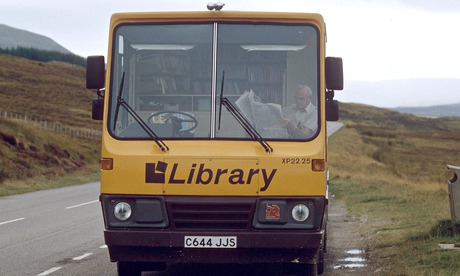
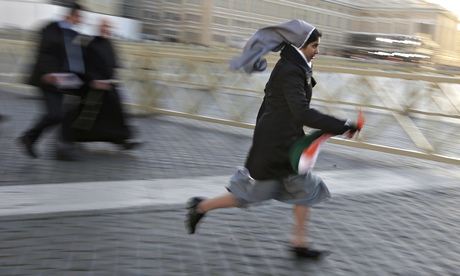
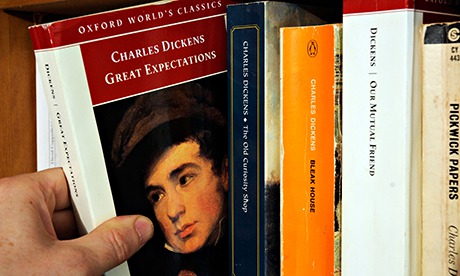
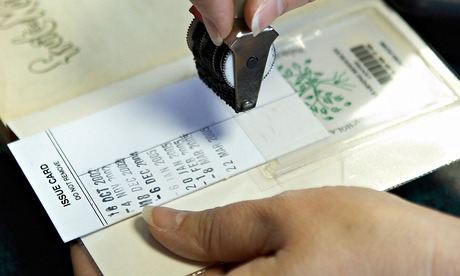




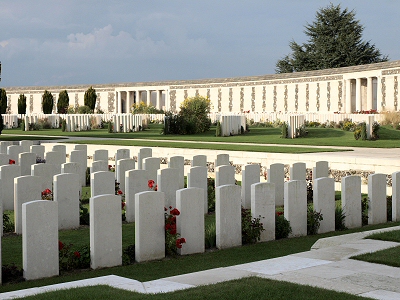























.jpg)




